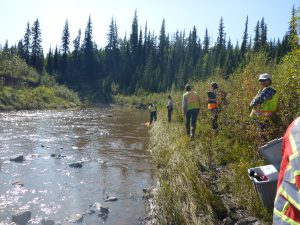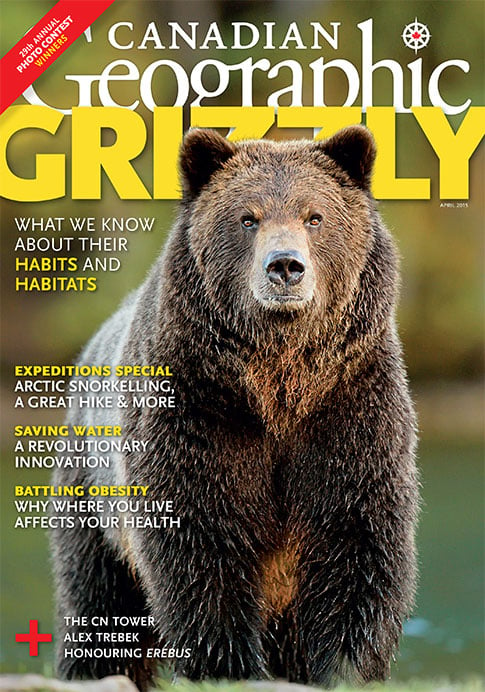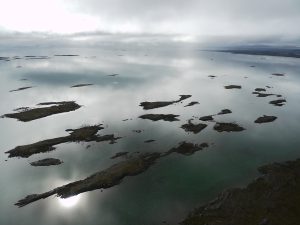
Environment
Healthy rivers: Communities use DNA tool to keep tabs on freshwater quality
Many of Canada’s 25 watersheds are under threat from pollution, habitat degradation, water overuse and invasive species
- 996 words
- 4 minutes
This article is over 5 years old and may contain outdated information.












This story is from the April 2015 Issue

Environment
Many of Canada’s 25 watersheds are under threat from pollution, habitat degradation, water overuse and invasive species

Environment
How much do you know about Canada’s water — where it comes from and how it’s used?

Environment
David Boyd, a Canadian environmental lawyer and UN Special Rapporteur on Human Rights and the Environment, reveals how recognizing the human right to a healthy environment can spur positive action for the planet

People & Culture
How a journey through the Great Lakes helped reshape my relationship with water after the loss of my father